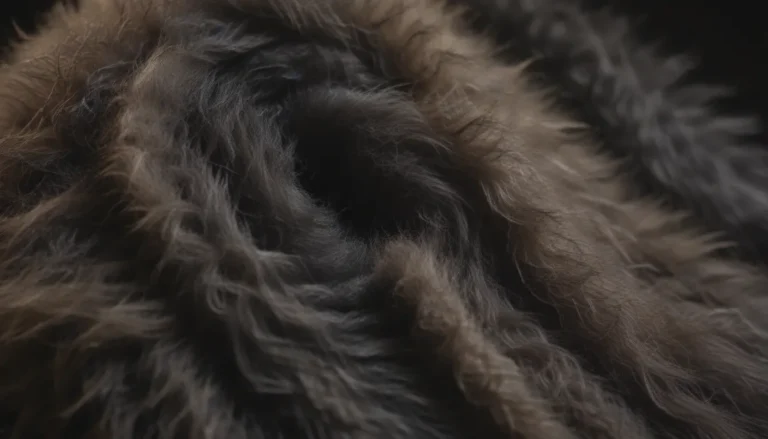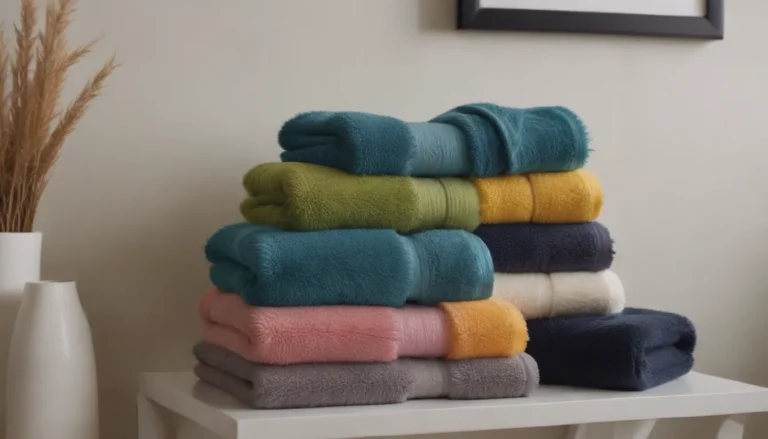Understanding the Dry Cleaning Process

If you’ve ever wondered how dry cleaning works and what it does for your clothing, you’re in the right place. Dry cleaning is a process used on clothes and fabrics that are too delicate for a standard home washer and dryer. Let’s dive into the details of the dry cleaning process and explore the journey your garments take from start to finish.
Exploring Dry Cleaning
Dry cleaning differs from traditional laundry methods in that it uses a chemical solvent with minimal to no water. This solvent cleans the surface of materials without penetrating the fibers like water does in a washing machine. Some fabrics, such as non-washable wools or delicate embellished items, cannot withstand the effects of water and agitation. Factors like temperature, agitation, and water can damage or alter the shape, color, or texture of these garments.
To protect these delicate pieces, dry cleaning involves inspecting and pretreating items before utilizing water-free chemical solvents in the cleaning process. This ensures that your clothing stays in pristine condition throughout the cleaning process.
Pros and Cons of Dry Cleaning
Before diving into the specifics of the dry cleaning process, let’s consider the pros and cons of utilizing this method.
Pros of Dry Cleaning:
- Suitable for delicate fabrics and embellished items
- Cleans thoroughly without damaging fibers
- Removes tough stains effectively
Cons of Dry Cleaning:
- Chemical solvents may be harmful to the environment
- Some stains may not be completely removed
- Can be more expensive than traditional laundry methods
Evolution of Dry Cleaning Solvents
Dry cleaning has come a long way since its inception in Roman times when ammonia was used to clean woolen togas. Over the years, cleaners experimented with petroleum-based solvents like gasoline and kerosene, which proved to be highly flammable and hazardous. By the 1930s, perchloroethylene, commonly known as “perc,” became a popular dry cleaning solvent.
However, perc has a distinctive chemical odor and is classified as carcinogenic to humans. Recognizing the environmental and health risks associated with these solvents, regulatory bodies like the United States Environmental Protection Agency have encouraged cleaners to transition to safer alternatives. While the transition to environmentally friendly solvents has been slow, efforts are underway to minimize the impact of dry cleaning on the environment.
The Commercial Dry Cleaning Process
In modern times, most dry cleaners do not have cleaning equipment on-site due to cost considerations. Instead, they transport laundry to central cleaning facilities for processing. This streamlined approach allows for efficient cleaning while minimizing overhead costs at individual drop-off locations.
Let’s break down the steps involved in the commercial dry cleaning process for each item:
1. Garment Tagging:
- Each item receives an identification tag to ensure proper tracking and return to customers.
2. Garment Inspection:
- Items undergo a thorough inspection for stains, missing buttons, tears, or other damage before cleaning.
3. Stain Pre-treatment:
- Stains are treated with specialized solutions to ensure effective removal during the cleaning process.
4. Machine Dry Cleaning:
- Clothes are loaded into a large drum machine and cleaned with a water-free chemical solvent, gently agitating to loosen dirt and grime.
5. Post Spotting:
- Remaining stains are treated with steam, water, or vacuum to ensure garments are pristine before finishing.
6. Finishing:
- Garments are steamed, pressed, and any repairs or button replacements are made before packaging for return to customers.
Remember to remove the plastic bags from your clothes immediately upon returning home, as trapped moisture can damage the fabric over time.
Tips for Maximizing Your Dry Cleaning Results
To ensure the best outcomes from your dry cleaning experience, consider the following tips:
- Read the labels: Pay attention to care instructions on garment labels to understand proper cleaning methods.
- Point out stains: Highlight any stains or specific concerns during drop-off to ensure they receive proper attention.
- Note special embellishments: Inform your cleaner of any delicate buttons, trims, or embellishments that require special care.
- Make care requests upfront: Communicate any specific preferences or requirements for your garments before cleaning.
Environmentally-Friendly Dry Cleaning Alternatives
For those looking to minimize the environmental impact of dry cleaning, consider exploring green cleaning options:
- Wet cleaning: Utilizes water-based cleaning methods for a more environmentally friendly approach.
- Liquid carbon dioxide cleaning: Relies on CO2 as a solvent to clean clothes with minimal environmental impact.
- Silicon-based solvent: Offers an alternative to traditional chemical solvents for eco-conscious consumers.
- DF-2000 hydrocarbon solvent: A petroleum-based solvent with lower environmental impact compared to traditional solvents.
Consider using a dry cleaning kit at home as a more eco-conscious alternative to traditional dry cleaning methods. While these kits may not be as potent as commercial solvents, they offer a greener option for lightly soiled items.
Conclusion
Dry cleaning plays a vital role in maintaining the quality and longevity of delicate fabrics and garments that cannot withstand traditional laundry methods. By understanding the dry cleaning process and exploring environmentally friendly alternatives, consumers can make informed choices that align with their values and preferences.
In a world where sustainability and environmental awareness are paramount, opting for green dry cleaning methods can help reduce the impact of clothing care on the planet. Whether you choose traditional dry cleaning or eco-friendly alternatives, knowing how the process works empowers you to care for your garments effectively while preserving their beauty and integrity.





